By Sandhya Sridhar
In an earlier piece, The Ancient Land of Tiruvalluvar & Thirugnanasambandar, we had thrown a little light on how Chennapatnam came to be, and that Fort St. George was built by the East India Company to its south, on the strip of land called Madraspatnam.
This fort was completed in April 1644, and soon, settlements began to grow around it. The Indian Town to the north of Fort St. George grew quickly in population. This began to be called the Black Town, which later came to be known as George Town. The White Town was obviously within the precincts of the fort itself.
The fort in Madraspatnam had been built to serve as a trade post, but the area soon grew into a bustling settlement, with many immigrants setting up their trades in and around it. For example, what were then villages – Triplicane and Egmore, and even Purusaiwakkam – had weavers settle in and soon they created a hub for the cloth trade in these areas. Meanwhile, the Europeans stayed safely within the walls of the fort itself.
Much after the establishment of the fort, the Agent at that time, Streynsham Master, felt the need to keep the environment of the fort clean. So he did what he knew best from what was followed back home in England. He decided that he would keep the White Town clean by employing workers to do so, and pay for their services through taxes levied on each resident.
He soon decided to follow up on this by using the same system in Black Town. But here, he was met with opposition. The residents of Black Town did not want to follow his methods. They said that they would keep their streets and public areas clean in their own way. They probably did not want to pay such taxes.
Years later, it was under the first President Elihu Yale, that the Madras Presidency, established the Corporation of Madras. It was the brainchild of one of the directors of the Company, Sir Josiah Child. This idea was borrowed by him from the Dutch, from the way they governed the East Indies. In a letter, he wrote, ‘…if you could contrive a form of a Corporation to be established of the Natives mixed with some English freemen, for aught we know some public use might be made therof…’
Thus he came up with the idea of establishing a Corporation of Madras with a Mayor, Aldermen and Burgesses, with the proper symbols of authority. This was the first of its kind in India at that time. Child also wanted the Mayor, the Aldermen and the Burgesses to take an oath of loyalty to the British monarch and to the East India Company.
The Chennai Corporation website tells us a bit of its history thus: “The Greater Chennai Corporation (previously Madras) is the Oldest Municipal Institution in India established on the 29th September 1688. A charter was issued on the 30th December, 1607 by [the] East Indian Company constituting the “Town of Fort St. George” and all the territories thereunto belonging, not exceeding the distance of ten miles from the Fort, into a Corporation. The Parliamentary Act of 1792 gave the Corporation power to levy Municipal Taxes in the City. The Municipal administration properly commenced from the Parliamentary Act, 1792 making provision for the good order and administration of the city. The Municipal Act has been amended introducing from time to time major changes in the constitution and powers of the Corporation. The Madras Municipal Corporation Act, 1919 (as amended) provides the basic Statutory authority for the administration now.”
Thus, on 29th September 1688, the Corporation of Madras got its first Mayor, one Nathanial Higginson. He served for six months and resigned, and his place was filled by one Mr. Littleton. The Mayor got the go ahead to build a school, a jail house and a town hall, but soon, he complained of a lack of funds to undertake these projects. This was because despite the corporation collecting revenues, these were diverted to other projects, and not to the projects of the Corporation. This soon led to a quarrel between the Agent and the Mayor.
But as things passed, the Corporation was reorganised in the early part of the 18th century and remained in office until the French captured Madras Presidency in 1746. In 1752, Madras Presidency reverted to the British. A new charter was created and issued in January 1953. Robert Clive, interestingly, was in the first list of the Aldermen in this charter.
In 1792, the city became a Municipality of sorts, with the appointment of Justices of Peace who took care of the general sanitation and cleanliness of the public areas. In 1856, this too was superseded by the Municipal Commissioners for the Town of Madras. Three commissioners took care of sanitation, and they could collect municipal taxes and were given the responsibility of keeping the town clean. In 1867, the Municipality was divided into eight wards, each having four commissioners.
The Madras City Municipal (Amendment) Act of 1933 re-established the office of the Mayor. The Mayor sworn in after the passing of this Act, was Kumararajah M. A. Muthiah Chettiar of Chettinad. He entered the Council Chamber with great pomp and ceremony, in procession, a mace-bearer (a precursor if you please, to the Sengol, and that symbolised the power of the office), followed by the Secretary of the Council. There were then many recommendations made for the robes, the regalia and the ceremonial clothing for the Mayoral office, which included a gold neck piece and a badge.

The Ripon Buildings, built to house the Corporation, was inaugurated by Lord Hardinge in 1913. The Council Hall boasted of a grand Mayoral Chair gifted by the Corporation.
Much of the pomp and grandeur of the Mayoral office remains even today, keeping a link to the history of this important functionary.

And of course, as Municipal Corporations go, the Madras Presidency had set the precedent – Bombay and Calcutta followed with their own corporations in the year 1726. Post Independence, in 1992, the Parliament enacted the Constitution (74th Amendment) Act, 1992 that set the foundation for the working of local bodies in urban areas, with regard to municipalities.
Information sources: Various; also A History of the Mayoralty of Madras by Rao Saheb C. S. Srinivasachari.

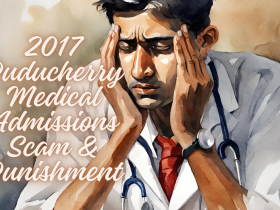
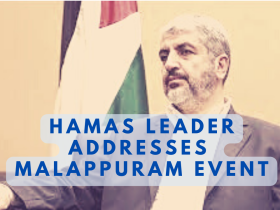

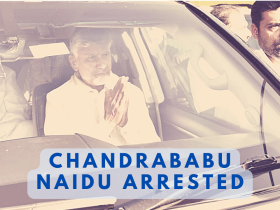
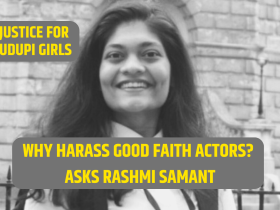
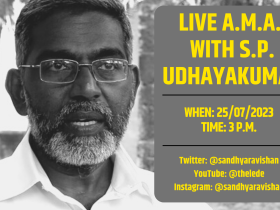






Leave a Reply